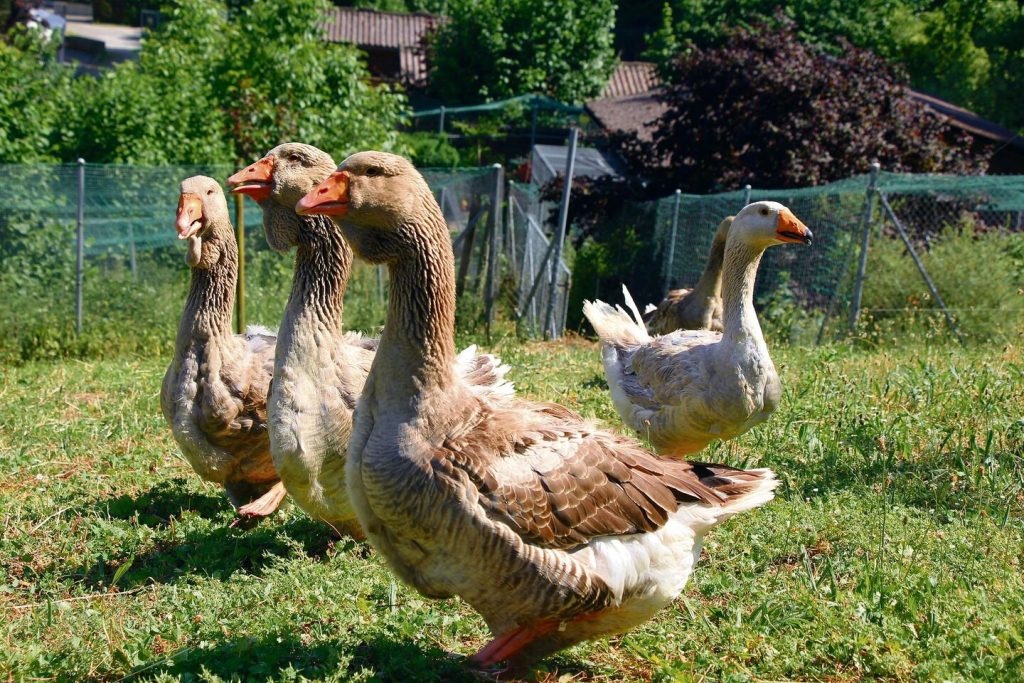In the tranquil embrace of a garden, a remarkable symphony unfolds every day, conducted not by human hands, but by the intricate interactions of its inhabitants. From the smallest insects to the bustling birds, the rhythm of life plays out in an enchanting dance of survival and cooperation. This symphony, hidden in plain sight, unveils the delicate harmony of animal dynamics in the garden ecosystem. At dawn, the garden awakens with a gentle hum as insects take center stage. Tiny but vital, they pollinate flowers, disperse seeds, and recycle organic matter, embodying nature’s unseen architects. Bees buzz from bloom to bloom, transferring pollen and facilitating the reproduction of plants. Ants march in organized columns, scavenging for food and aerating the soil as they tunnel underground. It is a synchronized ballet of minuscule performers, each with a role crucial to the garden’s vitality. As the sun rises higher, avian voices join the chorus. Birds are nature’s troubadours, serenading the garden with their melodious tunes.
 They fill the air with a kaleidoscope of colors and songs, participating in a complex interplay of predation and partnership. Some birds, like sparrows and finches, feast on seeds, contributing to plant dispersal. Predatory birds, on the other hand, keep insect populations in check, maintaining a delicate equilibrium. This predator-prey dynamic not only regulates animal populations but also aids in controlling pests, reducing the need for human intervention. Beyond the visible creatures, the soil teems with life, each organism adding its unique note to the symphony. Earthworms, for instance, tunnel through the soil, aerating and enriching it with their castings, creating an environment conducive to plant growth. Microorganisms, from bacteria to fungi, form intricate networks that break down organic matter, releasing nutrients essential for plant nourishment. These hidden musicians in the soil work in concert to maintain the garden’s fertility, exemplifying the interconnectedness of life.
They fill the air with a kaleidoscope of colors and songs, participating in a complex interplay of predation and partnership. Some birds, like sparrows and finches, feast on seeds, contributing to plant dispersal. Predatory birds, on the other hand, keep insect populations in check, maintaining a delicate equilibrium. This predator-prey dynamic not only regulates animal populations but also aids in controlling pests, reducing the need for human intervention. Beyond the visible creatures, the soil teems with life, each organism adding its unique note to the symphony. Earthworms, for instance, tunnel through the soil, aerating and enriching it with their castings, creating an environment conducive to plant growth. Microorganisms, from bacteria to fungi, form intricate networks that break down organic matter, releasing nutrients essential for plant nourishment. These hidden musicians in the soil work in concert to maintain the garden’s fertility, exemplifying the interconnectedness of life.
In this intricate web of life, competition and cooperation dance hand in hand. While animals vie for resources like food and shelter, they also forge alliances that enhance their chances of survival. Symbiotic relationships underscore the garden’s harmony. One such example is the mutually beneficial partnership between plants and mycorrhizal fungi. These fungi attach to plant roots, extending their reach for nutrients in exchange for sugars produced by the plant through photosynthesis and see this here now. This intricate collaboration underscores nature’s ingenious ways of fostering unity amid diversity. However, this symphony is not without dissonance. Human activity, from urbanization to pesticide use, can disrupt the delicate balance of the garden ecosystem. Loss of habitat, pollution, and climate change threaten the survival of various species, creating discord in nature’s composition. Recognizing the value of this symphony, many conservation efforts focus on preserving and restoring natural habitats, promoting coexistence between human activities and wildlife. It serves as a reminder that we are but one part of this symphony, and our actions hold the power to either amplify its beauty or disrupt its delicate balance.